Optimal Timing for Drop Ceiling Installation
Choosing the optimal time for drop ceiling installations can impact project quality and scheduling. Factors such as climate, building occupancy, and construction phases influence the ideal timing. Planning installations during periods of low occupancy minimizes disruptions and allows for smoother completion.
Spring and fall often provide ideal weather conditions for installations, reducing delays caused by extreme temperatures or moisture.
Scheduling after major structural work ensures the ceiling installation proceeds without interference from ongoing construction activities.
Performing installations during times of low occupancy, such as weekends or holiday periods, minimizes disruption to daily operations.
Avoiding installation during high humidity or extreme heat helps maintain material integrity and ensures proper curing.
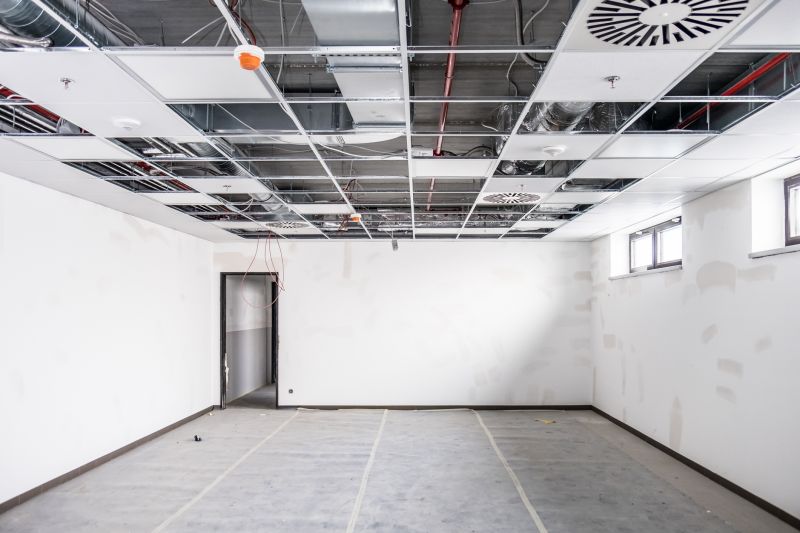
Workers installing drop ceilings in a commercial space.

Close-up of ceiling panels being fitted into grid framework.
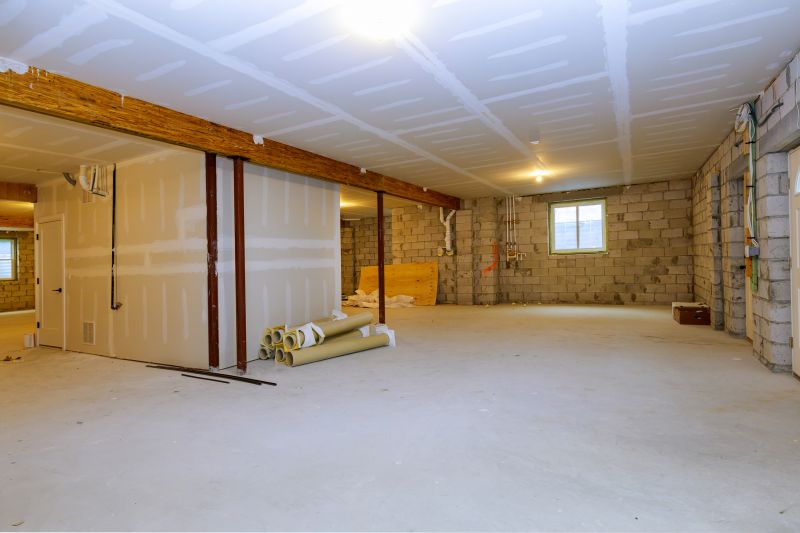
A large-scale drop ceiling installation underway in an office building.
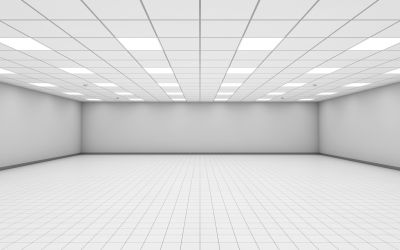
Completed drop ceiling with lighting fixtures installed.
Drop ceiling installations are a popular choice for commercial and residential spaces due to their versatility, ease of access, and aesthetic appeal. They allow for concealed wiring, ductwork, and lighting, simplifying maintenance and future modifications. Proper timing ensures the installation process is efficient and minimizes disruptions to the environment.
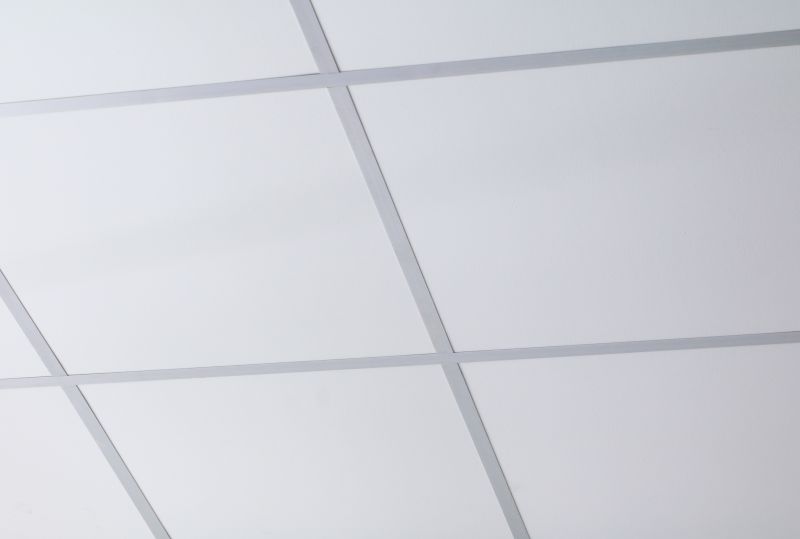
Installation of the metal grid framework for drop ceilings.

Panels being lowered into the grid structure.

Lighting fixtures integrated into the drop ceiling system.

Finishing details and clean-up after installation.

Large commercial space with installed drop ceiling.
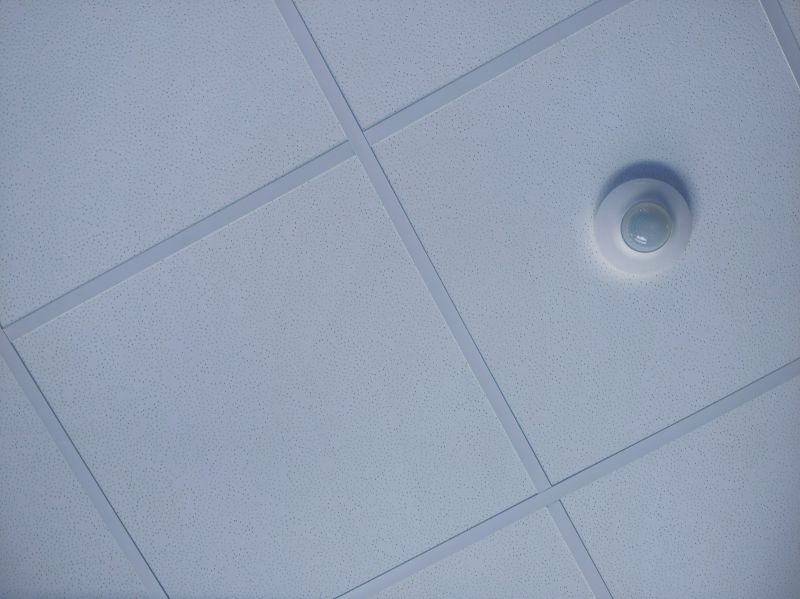
Home interior featuring a drop ceiling with lighting.
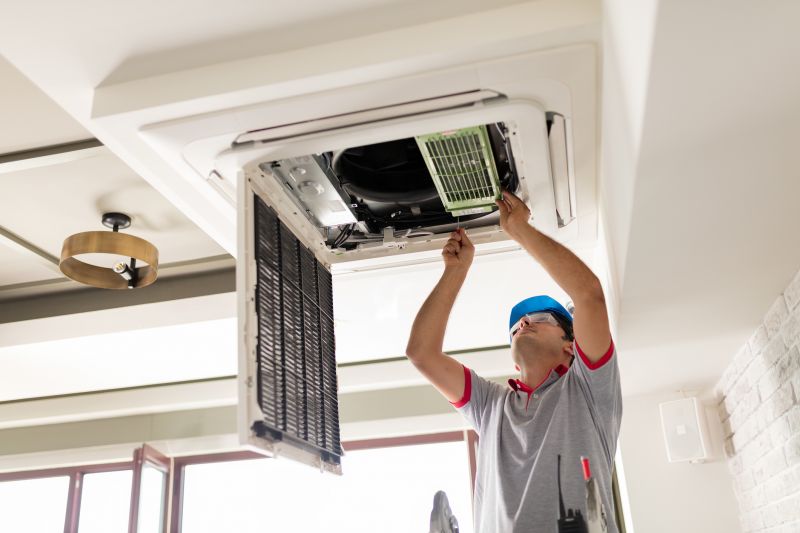
Access panel for maintenance in a drop ceiling.
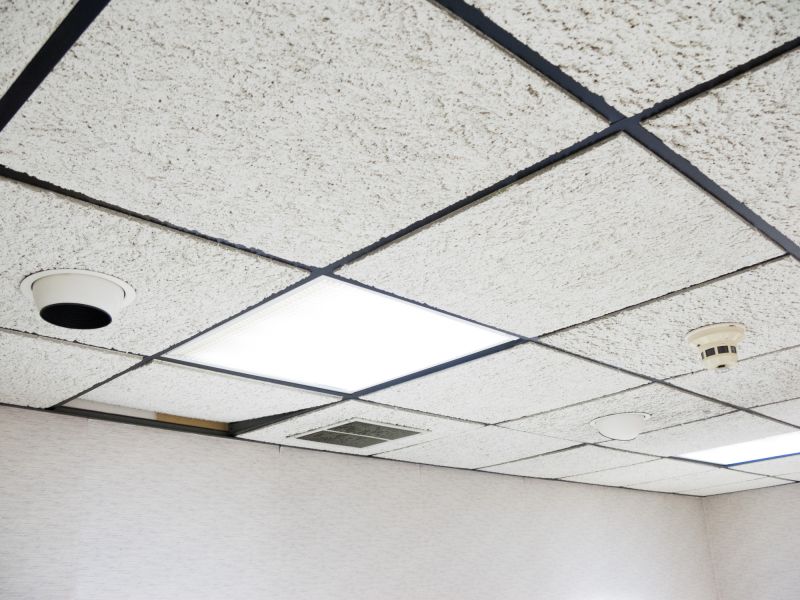
Custom-designed drop ceiling with decorative panels.
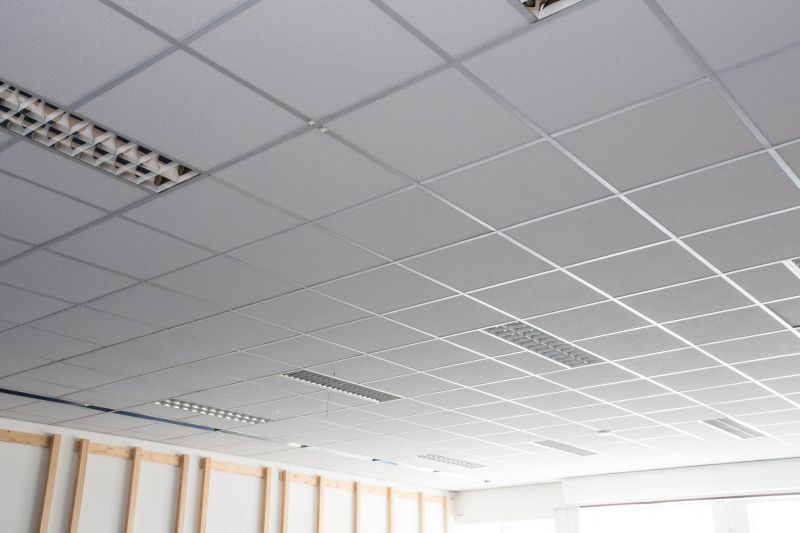
Ways to make Drop Ceiling Installations work in tight or awkward layouts.

Popular materials for Drop Ceiling Installations and why they hold up over time.
| Factor | Impact on Installation Timing |
|---|---|
| Weather Conditions | Extreme heat, cold, or humidity can delay or complicate installation. |
| Occupancy Levels | Low occupancy periods reduce disruption during installation. |
| Construction Phases | Aligning with other construction tasks ensures smooth workflow. |
| Material Delivery | Timely delivery of materials prevents delays. |
| Project Scope | Larger projects may require more precise scheduling. |
| Permitting and Approvals | Obtaining necessary permits can influence timing. |
| Resource Availability | Availability of skilled labor and equipment affects scheduling. |
| Environmental Controls | Controlling humidity and temperature during installation is crucial. |
Understanding the optimal timing for drop ceiling installations can lead to more efficient project execution and higher quality results. Proper planning considers environmental factors, occupancy schedules, and project scope to ensure a seamless process. Consulting with professionals can aid in selecting the best time for specific needs.
Interested in scheduling a drop ceiling installation? Filling out the contact form provides an opportunity to discuss project details, timing, and requirements to facilitate a successful installation process.



